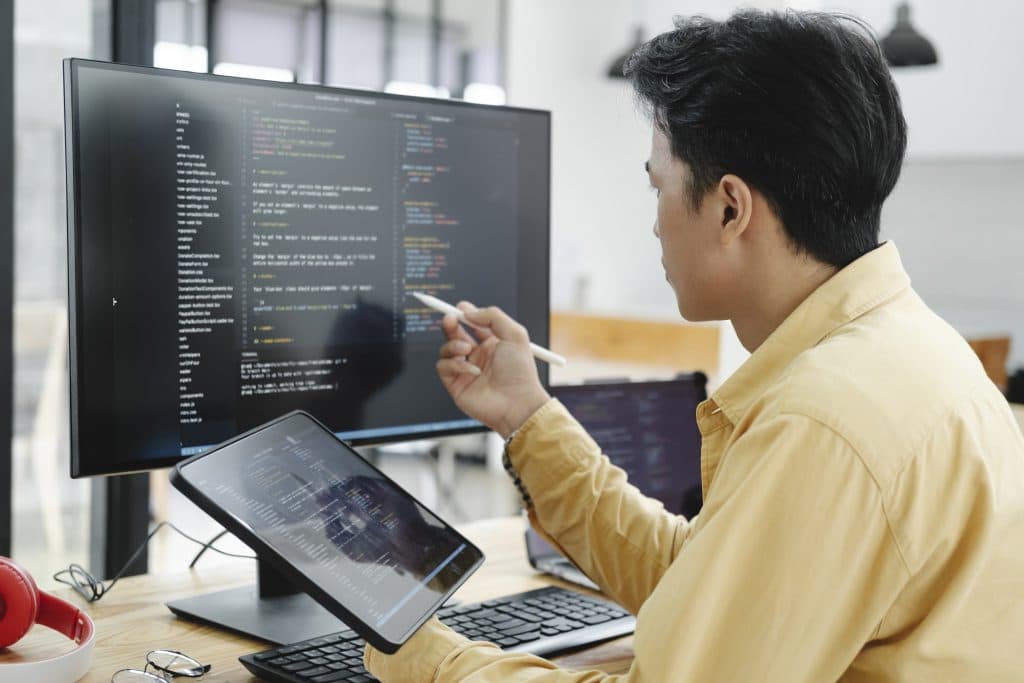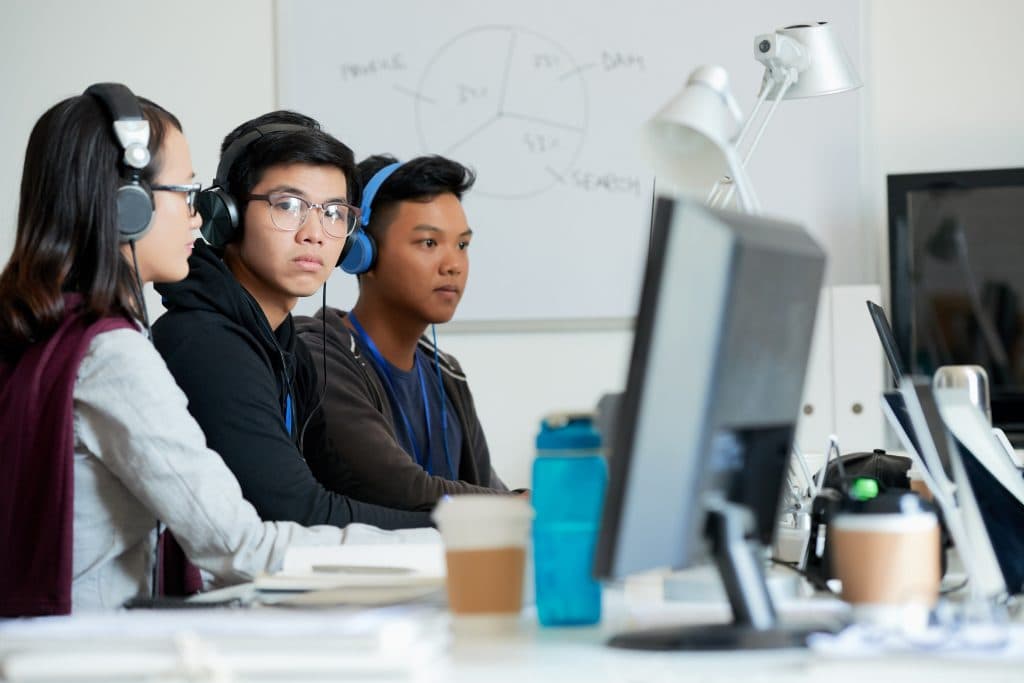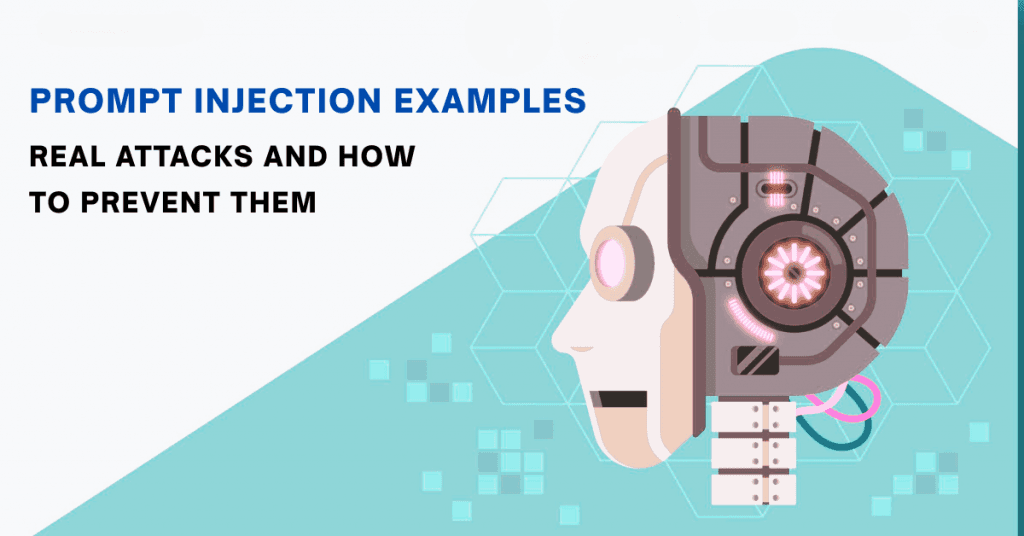Use Cases of Virtual Reality in Real-World Scenarios
Explore practical applications of Virtual Reality (VR) in various fields. Discover real-world scenarios showcasing the use cases of VR.
Virtual Reality (VR) has transitioned from being just a concept of science fiction. It’s now a groundbreaking technology with practical applications across various sectors. As VR continues to evolve, its integration into real-world scenarios has become increasingly prevalent. This integration is revolutionizing industries and enhancing human experiences in numerous ways. In this article, we’ll explore use cases of virtual reality in real-world scenarios.
VR in Education
Virtual Reality (VR) has become an indispensable tool in the realm of education, ushering in a new era of immersive and interactive learning experiences. Let’s delve deeper into the transformative role of VR in education.
Enhancing Learning Experience
VR transcends the boundaries of traditional teaching methods by offering students unmatched opportunities to immerse themselves in educational content. Imagine history students stepping back in time to witness pivotal moments. Picture geography enthusiasts embarking on virtual expeditions to explore distant landscapes. These immersive experiences captivate students’ attention. They also deepen their understanding of complex concepts by making them come alive in vivid detail.
Simulations and Training
One of the most compelling aspects of VR in education is its ability to simulate real-world scenarios for hands-on training. Aviation students can hone their flying skills in simulated cockpit environments. Engineers can troubleshoot machinery and prototype designs—all within the safe confines of a virtual space.
Interactive Experiments and Demonstrations
VR empowers educators to go beyond traditional lectures and textbooks. It does this by creating interactive learning experiences that engage students on a deeper level. Science classrooms, for instance, can come to life. Students can conduct virtual experiments, manipulate molecular structures, and explore the fundamental principles of physics through dynamic simulations. These interactive demonstrations not only reinforce theoretical concepts but also ignite students’ curiosity and foster a passion for learning.
Access to Remote Learning
In an increasingly interconnected world, VR bridges the gap between learners and educational resources, regardless of geographical constraints. For students in remote or underserved areas, access to quality education can be limited. However, with VR technology, barriers are broken down as students gain access to virtual classrooms, online lectures and educational materials from anywhere in the world. This democratization of education ensures that every student has the opportunity to learn and thrive, irrespective of their location.
VR in Healthcare
Virtual Reality (VR) technology has emerged as a groundbreaking tool in the field of healthcare, revolutionizing patient care, medical training, and therapeutic interventions. Here’s a comprehensive exploration of the ways VR is transforming healthcare:
Pain Management
VR has shown remarkable effectiveness in alleviating pain and discomfort for patients undergoing various medical procedures or coping with chronic pain conditions. It immerses patients in captivating virtual environments. VR distracts the brain from pain signals. This distraction leads to reduced perception of discomfort and improved overall well-being. Transitioning from traditional pain management methods to VR-based interventions opens up new avenues for enhancing patient comfort and satisfaction.
Therapy and Rehabilitation
In rehabilitation settings, VR holds tremendous potential for aiding patients in their recovery journeys. By simulating real-world scenarios and providing interactive exercises, VR facilitates physical rehabilitation, cognitive retraining and motor skill development. For instance, stroke survivors can use VR to practice activities of daily living such as cooking or dressing, in a safe and supportive environment. This immersive approach fosters a sense of empowerment and agency among patients as they actively engage in their recovery process.
Surgical Training and Planning
VR simulations offer unparalleled opportunities for surgical training, allowing medical students and practicing surgeons to hone their skills in a risk-free virtual environment. Surgeons can practice complex procedures, refine surgical techniques, and familiarize themselves with anatomy variations using realistic virtual simulations. Additionally, VR enables surgical teams to collaborate remotely, plan surgical interventions, and simulate surgical scenarios before entering the operating room. This enhances surgical precision, reduces errors, and improves patient outcomes by ensuring that procedures are meticulously planned and executed.
VR in Tourism and Entertainment
Virtual Reality (VR) technology has redefined the way people experience tourism and entertainment, offering immersive and engaging experiences that transcend physical boundaries. Let’s delve into the multifaceted impact of VR in these industries:
Virtual Tours
VR enables travelers to embark on virtual journeys to destinations around the world without leaving the comfort of their homes. From iconic landmarks to hidden gems, VR tours provide an immersive exploration of cultural heritage sites, natural wonders and historical attractions. As a result, users can tour the pyramids of Egypt, stroll through the streets of Pari, or dive into the depths of the Great Barrier Reef. Moreover, VR transports users to distant locations, offers a glimpse into diverse cultures and landscapes.
Immersive Gaming Experiences
The gaming industry has embraced VR technology to create immersive and interactive gaming experiences that blur the lines between reality and fantasy. VR games allow players to step into virtual worlds, embodying characters and exploring fantastical environments with unprecedented freedom and interactivity.
Cinematic Virtual Reality (VR) Experiences
VR is revolutionizing the way people consume and interact with media. It offers immersive cinematic experiences that place viewers at the center of the action. Cinematic VR allows users to experience storytelling in a whole new way, with 360-degree panoramic views and spatial audio creating a sense of presence and immersion. From immersive documentaries that transport viewers to remote locations to narrative-driven experiences that unfold around them in real-time, VR cinema offers a transformative storytelling medium that engages the senses and emotions like never before.
Live Events and Concerts
VR technology is reshaping the landscape of live events and concerts. It offers virtual attendance options for audiences around the world. Whether it’s attending a live concert, a sporting event, or a theatrical performance, VR allows users to experience the excitement and energy of live events from the comfort of their homes. VR live events provide a sense of presence and participation, rivaling the in-person experience. This makes it accessible to a global audience with immersive 360-degree video streams and interactive features.
VR in Real Estate
Virtual Reality (VR) technology is revolutionizing the real estate industry, offering immersive and interactive experiences that redefine the way properties are showcased, marketed and experienced. Let’s explore the multifaceted impact of VR in real estate:
Virtual Property Viewings
VR allows prospective buyers to take virtual tours of properties from anywhere in the world, eliminating the need for physical visits and saving both time and resources. Through immersive 3D walkthroughs, users can explore every corner of a property, from the comfort of their own homes. They can visualize the layout, design, and features of a home as if they were physically present, gaining a comprehensive understanding of the property’s layout and potential.
Architectural Visualization
For developers, architects, and interior designers, VR serves as a powerful tool for visualizing and presenting architectural designs. With VR technology, stakeholders can step into virtual renderings of buildings, homes and interior spaces. As a result, they can assess design concepts, spatial arrangements and aesthetic choices in a realistic environment. The immersive visualization process enables stakeholders to make informed decisions. As a result, they can provide valuable feedback early in the design process. Consequently, this leads to more efficient and cost-effective project outcomes.
Virtual Reality Showrooms
Real estate developers and property management companies are leveraging VR technology to create virtual reality showrooms. These showrooms offer buyers a fully immersive and interactive experience. Moreover, in these virtual showrooms, buyers can explore different floor plans, amenities and finishes. They can also customize their options and visualize the property from every angle. Virtual reality showrooms provide a dynamic and engaging way to showcase properties. They attract potential buyers and generate interest in new developments.
Conclusion
The use cases of Virtual Reality in real-world scenarios are diverse and far-reaching, spanning across education, healthcare, entertainment, real estate. As VR technology continues to advance, its potential to transform industries and enhance human experiences will only continue to grow.
At 8seneca, our expertise lies in providing customized B2B services, with a focus on IT outsourcing solutions. If you require IT outsourcing services, please don’t hesitate to reach out to us. Moreover, we are actively seeking skilled Senior .NET/Angular Developers to join our team. Visit our recruitment center to explore job descriptions and discover other career opportunities within our organization.
Related Articles

Jun 30, 2025
Read more
Digital Transformation for Business: What You Need to Know
Mastering digital transformation for your business. Get clear steps for tech adoption, growth, and a secure future.

Jun 25, 2025
Read more
The Ultimate Guide to Hiring Remote Developers for Your Tech Team.
Learn to hire remote developers successfully. Discover benefits, overcome challenges, and find top global tech talent with 8Seneca's guide.

Jun 17, 2025
Read more
Why Vietnamese Full-Stack JavaScript Developers Are Your Next Strategic Hire
Hire top Vietnamese Full-Stack JavaScript developers. 8Seneca connects you to elite talent in Vietnam. Accelerate your project!

Jun 10, 2025
Read more
What European Clients Often Get Wrong About IT Outsourcing Companies in Vietnam
Many clients misunderstand how it outsourcing companies in Vietnam work. Here’s what to know before hiring in 2025.

Jun 02, 2025
Read more
Vietnam Software Outsourcing: Why Global Companies Are Turning East in 2025
Vietnam is becoming a top destination for software outsourcing. Learn why global companies are choosing Vietnam for tech projects in 2025.

May 05, 2025
Read more
Prompt Injection Examples: Real Attacks and How to Prevent Them
Clear prompt injection examples and attacks explained. Learn what prompt injection is and how to protect your AI systems from these risks.
